Iowa Capital Dispatch
December 11, 2025
A federal judge has ruled federal animal-welfare inspectors can no longer conduct “courtesy visits” at dog-breeding operations while allowing violations to go unreported.
The ruling could... more
Halfway through the 1,391-page U.S. Environmental Protection Agency (EPA) proposed "transport rule," regulators finally zero in on the reason for the legislation: Upwind state sources contributing to air quality degradation in a downwind state should bear substantial responsibility to control their emissions.
After years of legal delays, the EPA Tuesday (July 6) filed the proposed rule to limit interstate transport of nitrogen dioxide (NO2) and sulfur dioxide (SO2) emissions in 32 "Eastern" states, including Iowa and Illinois.
The NOx and SO2 emissions from the states "affect the ability of downwind states to attain and maintain compliance" with fine particulate matter (PM2.5) and ozone air quality standards, the EPA report says.
To limit such emissions, the EPA is seeking additional pollution control measures at coal-fired electric power plants in those 32 states.
MidAmerican Energy operates 12 coal-fired boilers in Iowa, including one near Muscatine (Louisa Generating Station) and one in Bettendorf (Riverside Generating Station). More than half of its generating capacity in Iowa is from coal-fired power plants, 3,378 megawatts, and 60 percent of the electricity supplied to MidAmerican Energy customers in 2009 was generated by coal. Muscatine Power and Water, the municipal utility in Muscatine, also operates a coal-fired power plant southeast of the community.
"In virtually all areas, PM2.5 and ozone problems result from a combination of local, in-state and upwind state emissions," the EPA report said. "EPA's proposed rule is intended "to assign a substantial but reasonable amount of responsibility to upwind states."
The EPA rulemaking notes that "...the influx of pollution from upwind states raises the pollution level in a downwind state, making it necessary for the downwind state to obtain deeper pollution reductions to attain and maintain air quality stations, which increases the costs of control in the downwind state."
Scott, Muscatine and Rock Island counties narrowly avoided being found in "non-attainment" for PM2.5 last year, and more recent annual data indicates Muscatine County currently is in non-compliance with federal annual PM2.5 air quality standards.
In the new EPA rule-making, Iowa is both an upwind (contributor) and downwind (recipient) of nitrogen dioxide and sulfur dioxide pollution. NO2 is formed from emissions from cars, trucks and buses, power plants, and off-road equipment. It contributes to the formation of ground-level ozone and fine particle pollution, and is linked with a number of adverse effects on the respiratory system. Sulfur dioxide emissions are a precursor to acid rain and atmospheric particulates.
In the EPA rule-making, Iowa is identified as having four "linkages" where it contributes to annual PM2.5 non-attainment in Cook, Madison and Saint Clair counties in Illinois and Dubois County in Indiana.
Illinois is identified as having 70 "linkages" where it contributes to 24-hour non-attainment readings for PM2.5, including Scott County, Iowa.
Iowa is identified as having 17 "linkages" where it contributes to 24-hour non-attainment readings for PM2.5 at air monitors in Cook and Madison counties in Illinois, Lake County in Indiana, Jefferson County in Missouri, St. Louis and Milwaukee.
Wisconsin, Michigan and Missouri also were identified as "upwind" states which contribute to 24-hour non-attainment for PM2.5 in Scott County.
For the full "transport" rule, CLICK HERE.
For the "transport" rule presentation, CLICK HERE.
For the "transport" rule factsheet, CLICK HERE.
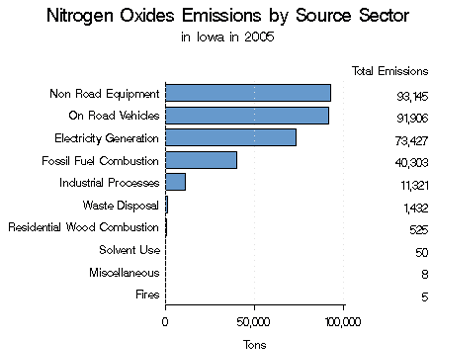
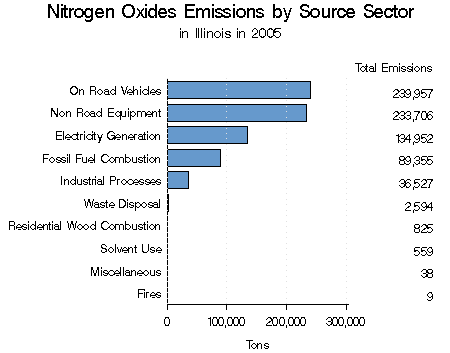
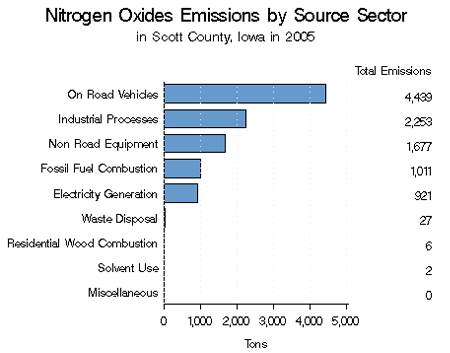
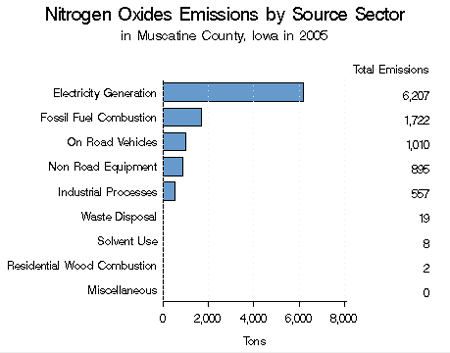
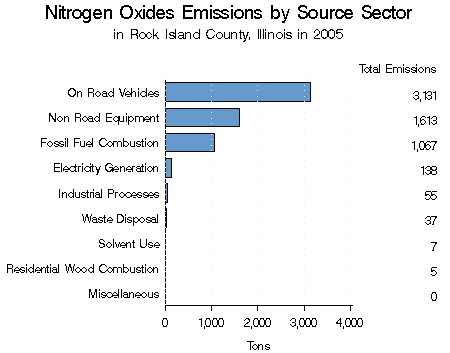
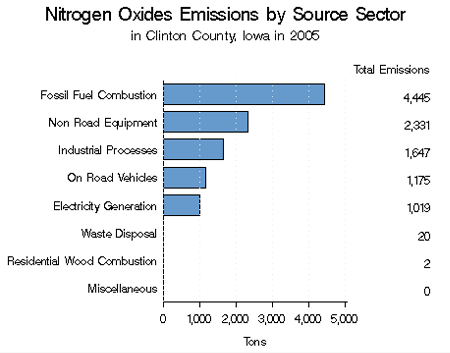
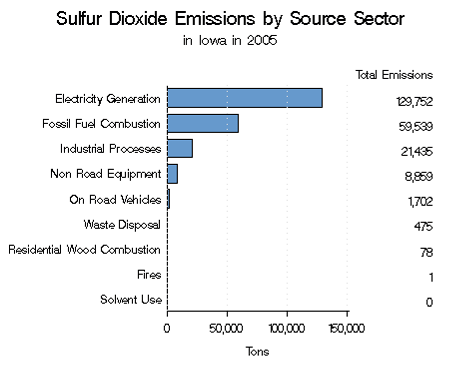
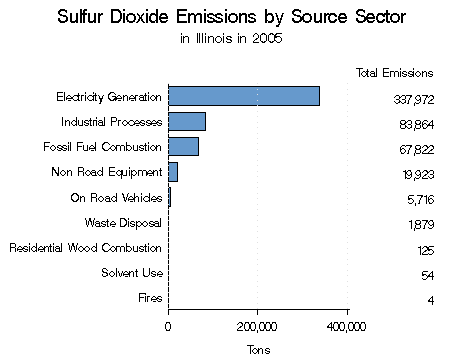
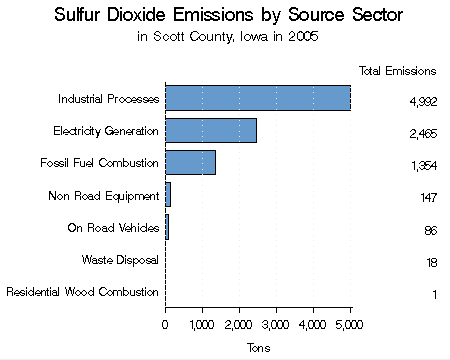
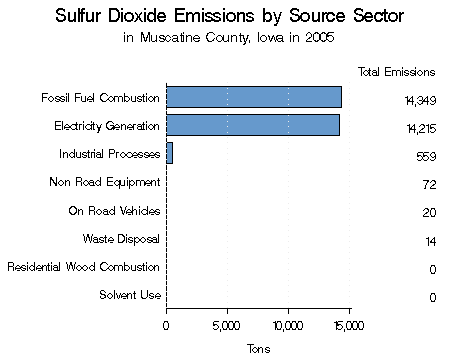
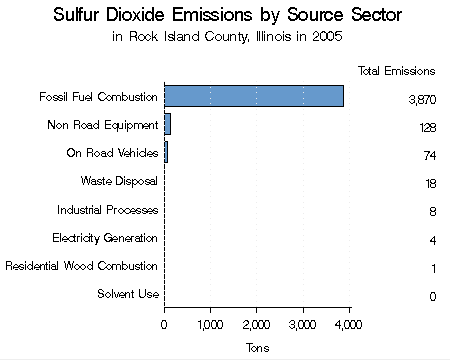
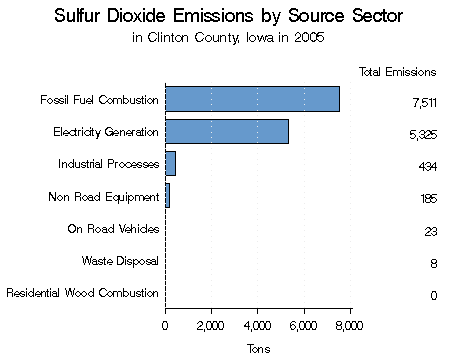
Iowa Capital Dispatch
December 11, 2025
A federal judge has ruled federal animal-welfare inspectors can no longer conduct “courtesy visits” at dog-breeding operations while allowing violations to go unreported.
The ruling could... more
Lee Enterprises, Inc. – owner of the QC Times, the Dispatch-Argus and some 70 other newspapers and online new sites nationally – lost $37.5 million during its 2025 fiscal year ended Sept. 29.
For the fourth quarter, the media company headquartered in Davenport lost $6.4 million.
... more
by Cami Koons, Iowa Capital Dispatch
November 28, 2025
The Iowa Department of Natural Resources is seeking feedback on its 25-year wildlife action plan, which must be reviewed every 10 years per federal law.
The action plan,... more
The Region 7 administrator for the EPA sent out a news release recently (11/18) patting the back of the Iowa Department of Natural Resources (IDNR) and "local businesses" for reducing SO2 (sulfur dioxide) pollution, enabling Muscatine to achieve compliance with national air quality standards.... more
Powered by Drupal | Skifi theme by Worthapost | Customized by GAH, Inc.

